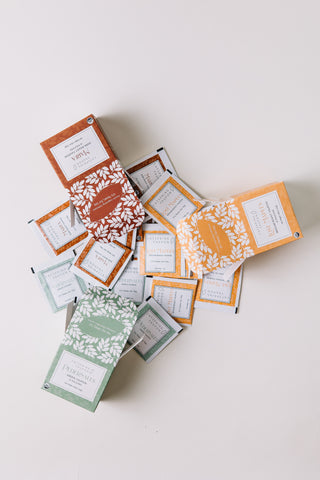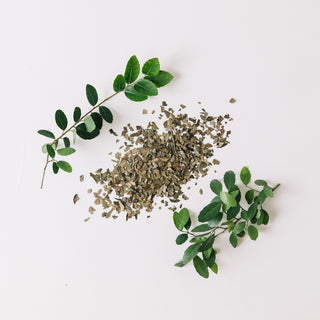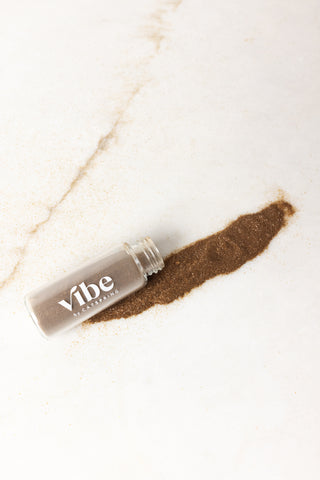In the last couple of decades, kombucha has risen in popularity in the US. But the roots of this drink go back thousands of years and span the globe. From the imperial courts of Asia, to prisoner of war camps in Europe, to homemade brews in American backyards, kombucha has traveled the world and remained remarkably unchanged across the years.
The Tea of Immortality

Though tea was first brewed around 2737 BC under Chinese emperor, Shen Nong, kombucha isn’t mentioned until over two thousand years later in 221 BC during the Qin Dynasty, when it originated in the historical Northeast China region of Manchuria. At this time, kombucha gained the reputation of “The Tea of Immortality” or “Elixir of Life” and was rumored to keep Emperor Qin Shi Huangdi young and healthy. It was popular in China during the Qin Dynasty and over the years spread to Korea.
Kombucha

Then, in 414 AD, kombucha traveled to Japan. The arrival of kombucha in Japan is obscured in myth. In the legend, a Korean physician by the name Kombu brought the fermented Chinese tea to treat the Japanese emperor, Inyko. When the treatment worked, the beverage took on the name of the physician, Kombu, and the Japanese word for tea, cha to give us the familiar name of kombucha. An alternative history behind the name comes from the similarity in appearance between the floating SCOBY and a brown seaweed called kombu that was soaked in hot water to make tea in Japan, literally brewing up kombu-cha (kombu-tea). Whichever way kombucha gained its name, the beverage remained in Asia for many centuries though it faded from records.
Indian Tea Fungus
Whether by Silk Road trade routes or through increased combat between Russian, Korean, Chinese, and Japanese forces in the 19th century, kombucha entered into Europe through Russia. Prior to World War I, Russia had a tradition of “Tea Kvass” brewed from a Japanese mushroom. The kombucha culture was callde čajnyj grib (“tea mushroom”) while the brew was known as grib (“mushroom”) or gribok (“little mushroom”).

In 1913, a Russian scientist named AA Bachinskaya produced some of the first European scientific analysis of the beverage. In that same year, an epidemic broke out in Germany and scientists searched for a cure. They found a village of Russian peasants who weren’t sick and who all drank kombucha. Kombucha rose in popularity in Germany after World War I when prisoners of war brought it home. A German scientist cited kombucha in 1930 and called it “Indian Tea Fungus”. It also spread in Prussia, Denmark, and Poland before its popularity decreased during World War II in part due to wartime rations of tea and sugar, both major components of kombucha fermentation.
After World War II, interest increased again as Dr. Rudolf Sklenar in Germany studied kombucha’s effects on cancer patients, metabolic disorders, high blood pressure, and diabetes. He compared its probiotic effects to that found in yogurt. Kombucha popularity also rose in Italy where Italian pop star, Renato Carosone sang about kombucha in Stu Fungo Cinese (“The Chinese Fungus”) in 1955. Italian elites would use kombucha as a gift to friends with instructions on how to cultivate the fermentation.
Groovy Tea

In the 1960s, kombucha found its way into houses in California where it was known as “Groovy Tea” and brewed at home. In 1995, the first kombucha brand was established in California by GT Dave after he witnessed kombucha’s impact on cancer in his mother who had been diagnosed with breast cancer. 2010 saw kombucha removed from shelves in Whole Foods when Maine Department of Agriculture Consumer Protection Inspector Randy Trahan noticed that bottled brands on shelves had high alcohol content from the secondary fermentation after bottling. This led to firmer regulations, alcohol testing, and quality control moderated in part by Kombucha Brewers International.
Next Up…
Today, kombucha is available on tap, as an artisanal beer, and in over 180 different brands. PepsiCo even purchased a kombucha brand, KeVita, in 2016 for $200 million which indicates a bright future for this ancient brew.
Through the test of time, kombucha has withstood rationing, war, and regulations to emerge as the industry leader in beverage industry forecasts. Discover all the innovations in the kombucha industry that include new base teas (like YesFolk Tonic’s yaupon brew), new flavors, and new mixes.







